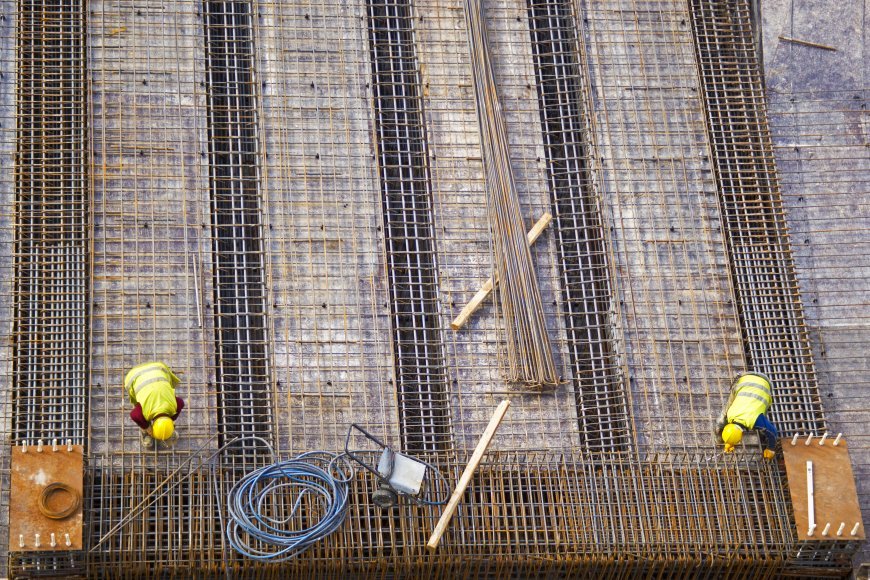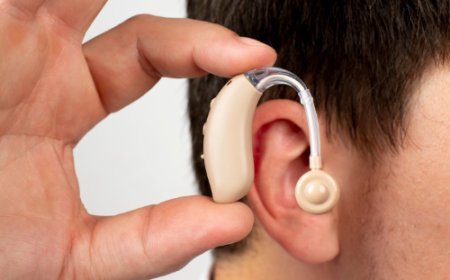Common Problems with Steel Girders and How to Fix Them

Steel girders are the backbone of modern infrastructure, forming the critical support system for steel girders, industrial buildings, and large-span structures. Their strength, durability, and cost-effectiveness make them a preferred choice for engineers. However, like all structural components, steel girders are susceptible to wear, environmental damage, and material fatigue over time.
At Infrakeys Technologies, we specialize in steel girders construction and girder maintenance, offering cutting-edge solutions to ensure long-term structural integrity. In this blog, we’ll explore the most common problems with steel girders, their causes, and how to fix them using advanced engineering techniques.
Whether you're a civil engineer, construction manager, or infrastructure planner, this guide will help you maintain and repair steel girders efficiently.
1. Corrosion: The Silent Destroyer of Steel Girders
Problem:
Corrosion is the leading cause of deterioration in steel girders, especially in humid, coastal, or industrial environments where exposure to moisture, salt, and chemicals accelerates rust formation. Unchecked corrosion weakens load-bearing capacity and compromises safety.
Solution:
-
Protective Coatings: High-performance epoxy, polyurethane, or zinc-rich paints create a barrier against moisture and oxygen.
-
Hot-Dip Galvanization: A long-term solution where steel girders are coated in molten zinc for superior rust resistance.
-
Cathodic Protection: An electrochemical method that prevents corrosion by making the girder a cathode in a corrosion cell.
-
Regular Inspections: Infrakeys Technologies uses ultrasonic testing (UT) and drone-based inspections to detect early-stage corrosion.
2. Fatigue Cracking from Cyclic Loading
Problem:
Steel girders in steel bridges endure constant stress from traffic, wind, and thermal expansion, leading to microscopic cracks that grow over time (fatigue cracking). If ignored, these cracks can propagate, causing sudden failures.
Solution:
-
High-Strength Steel Repairs: Replacing damaged sections with advanced alloys that resist crack propagation.
-
Composite Reinforcement: Applying carbon fiber-reinforced polymers (CFRP) to strengthen weakened areas without adding excessive weight.
-
Vibration Monitoring: Installing IoT sensors to track stress patterns and predict failure points before they become critical.
3. Weld Defects and Connection Failures
Problem:
Poor welding techniques, improper bolt tightening, or material inconsistencies can lead to weak joints in steel girders. Over time, these defects cause misalignment, loosening, or even catastrophic structural failure.
Solution:
-
Non-Destructive Testing (NDT): Using ultrasonic, radiographic, or magnetic particle inspection to detect hidden weld flaws.
-
Robotic Welding: Infrakeys Technologies employs automated welding systems for precision and consistency in girder fabrication.
-
High-Strength Friction Grip (HSFG) Bolts: Replacing traditional rivets with high-tension bolts for better load distribution.
4. Buckling and Lateral-Torsional Instability
Problem:
Excessive loads, poor design, or inadequate bracing can cause steel girders to buckle or twist (lateral-torsional buckling), leading to structural instability.
Solution:
-
Stiffener Plates: Adding vertical or horizontal stiffeners to improve girder rigidity.
-
Cross-Bracing Systems: Installing diagonal supports to prevent twisting under heavy loads.
-
Finite Element Analysis (FEA): Using computer simulations to optimize girder design before construction.
5. Thermal Expansion and Contraction Stress
Problem:
Steel expands in heat and contracts in cold, causing girders to shift. Over time, this movement can damage connections, bearings, and surrounding structures.
Solution:
-
Expansion Joints: Incorporating flexible joints to accommodate thermal movement.
-
Sliding Bearings: Allowing controlled horizontal movement without stress buildup.
-
Low-Temperature Steel Alloys: Using specialized steels in extremely cold climates to minimize brittleness.
6. Impact Damage from Accidents or Falling Debris
Problem:
Collisions from vehicles, construction equipment, or natural disasters (e.g., falling trees) can dent, bend, or fracture steel girders, compromising their structural integrity.
Solution:
-
Protective Barriers: Installing crash-resistant guardrails or sacrificial beams to absorb impact energy.
-
Real-Time Structural Health Monitoring (SHM): Deploying strain gauges and accelerometers to detect and assess damage instantly.
-
Modular Repair Kits: Prefabricated steel patches for quick on-site repairs.
7. Foundation Settlement and Misalignment
Problem:
Weak soil, erosion, or seismic activity can cause girder supports to settle unevenly, leading to misalignment and increased stress concentrations.
Solution:
-
Micropile Underpinning: Strengthening foundations with deep, small-diameter piles.
-
Grouting Techniques: Injecting stabilizing materials (e.g., polyurethane foam) beneath settled supports.
-
Laser Alignment Systems: Ensuring precise repositioning during repairs.
Conclusion: Trust Infrakeys Technologies for Reliable Steel Girder Solutions
Steel girders are critical to the safety and longevity of steel girder and other large structures. By proactively addressing corrosion, fatigue cracking, weld defects, and buckling, engineers can significantly extend their service life.
Infrakeys Technologies combines advanced materials, robotic welding, AI-driven monitoring, and expert engineering to deliver durable, high-performance girder solutions. Whether you're constructing a new steel girders or rehabilitating an old one, we provide customized, cost-effective fixes that stand the test of time.
???? Contact us today for a consultation on steel girder maintenance and innovation!
Why Choose Infrakeys Technologies?
✔ Decades of expertise in steel girder fabrication & repair
✔ Cutting-edge corrosion protection & fatigue-resistant designs
✔ AI-powered structural health monitoring
✔ Custom solutions for every project requirement
What's Your Reaction?




























































